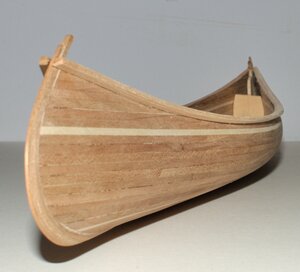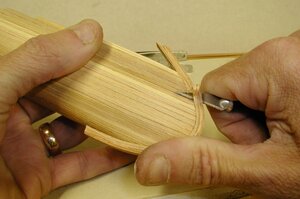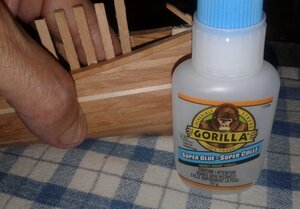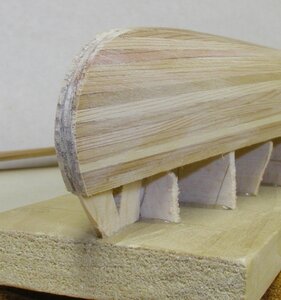Kurt Konrath
Kurt Konrath
One of many strange and or stupid things we did in our youth on the water.
Like rolling over the canoe and swamping just to practice how to get canoe righted and empty while in deep water!
Like rolling over the canoe and swamping just to practice how to get canoe righted and empty while in deep water!










